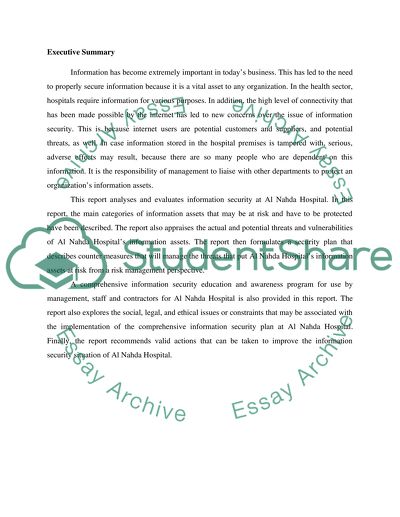Cite this document
(“Information Security at Al Nahda Hospital Essay”, n.d.)
Information Security at Al Nahda Hospital Essay. Retrieved from https://studentshare.org/information-technology/1498388-information-security-at-al-nahda-hospital
Information Security at Al Nahda Hospital Essay. Retrieved from https://studentshare.org/information-technology/1498388-information-security-at-al-nahda-hospital
(Information Security at Al Nahda Hospital Essay)
Information Security at Al Nahda Hospital Essay. https://studentshare.org/information-technology/1498388-information-security-at-al-nahda-hospital.
Information Security at Al Nahda Hospital Essay. https://studentshare.org/information-technology/1498388-information-security-at-al-nahda-hospital.
“Information Security at Al Nahda Hospital Essay”, n.d. https://studentshare.org/information-technology/1498388-information-security-at-al-nahda-hospital.


